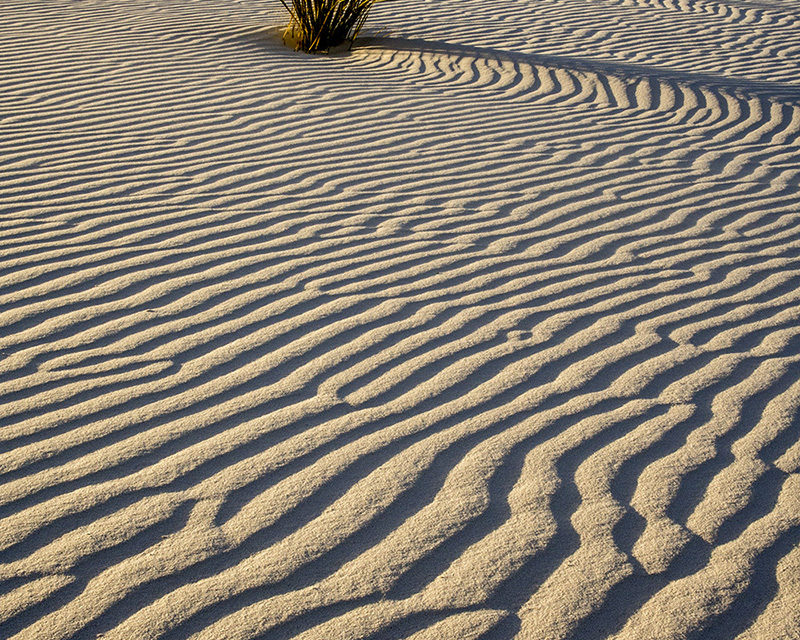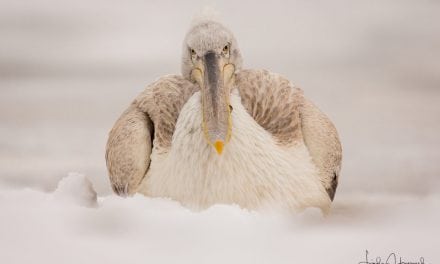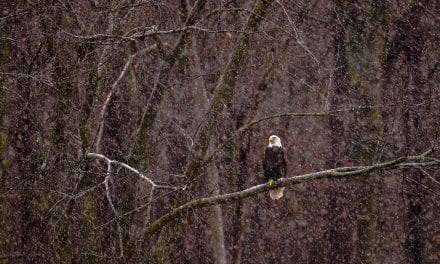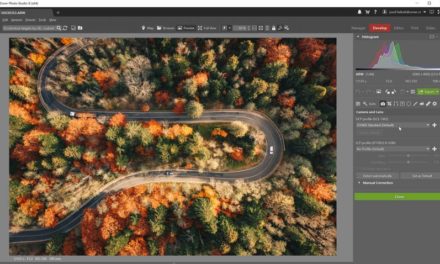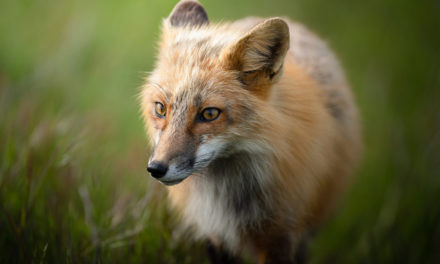In part 1 of this two-part Tip of the Week, the opening sentence stated, “We learn from our mistakes.” It holds true in part 2 in all the same ways. What differs are the types of scenics I highlight along with the techniques I incorporated to create each. In part 1, I provided examples of seascapes, treescapes, weatherscapes, mountainscapes, cityscapes and snowscapes. Revisit them as each provides different information on how to improve your scenic photography. Then, journey below to six different types of environmental images along with different tricks and techniques.
Landscapes
Key aspects of the capture: Garden of the Gods and Pikes Peak. I live a little over an hour away from a small picturesque park called Garden of the Gods. I refer to it as a mini Utah. There are a number of iconic views of various sandstone formations and Pikes Peak regally stands in the background. When first light hits the mountain and foreground, it’s magic. I made the image using a tripod with a zoom set to 29mm, an aperture of ƒ/16, 1/4 second and an ISO of 100. I monitored the RGB channel as I didn’t want to overexpose the delicate highlights of the red sandstone. Because there’s shadow in the foreground and the trees on the foothills are dark, the meter reading needed adjustment. I dialed in minus compensation and kept tweaking it until the red channel didn’t spike.
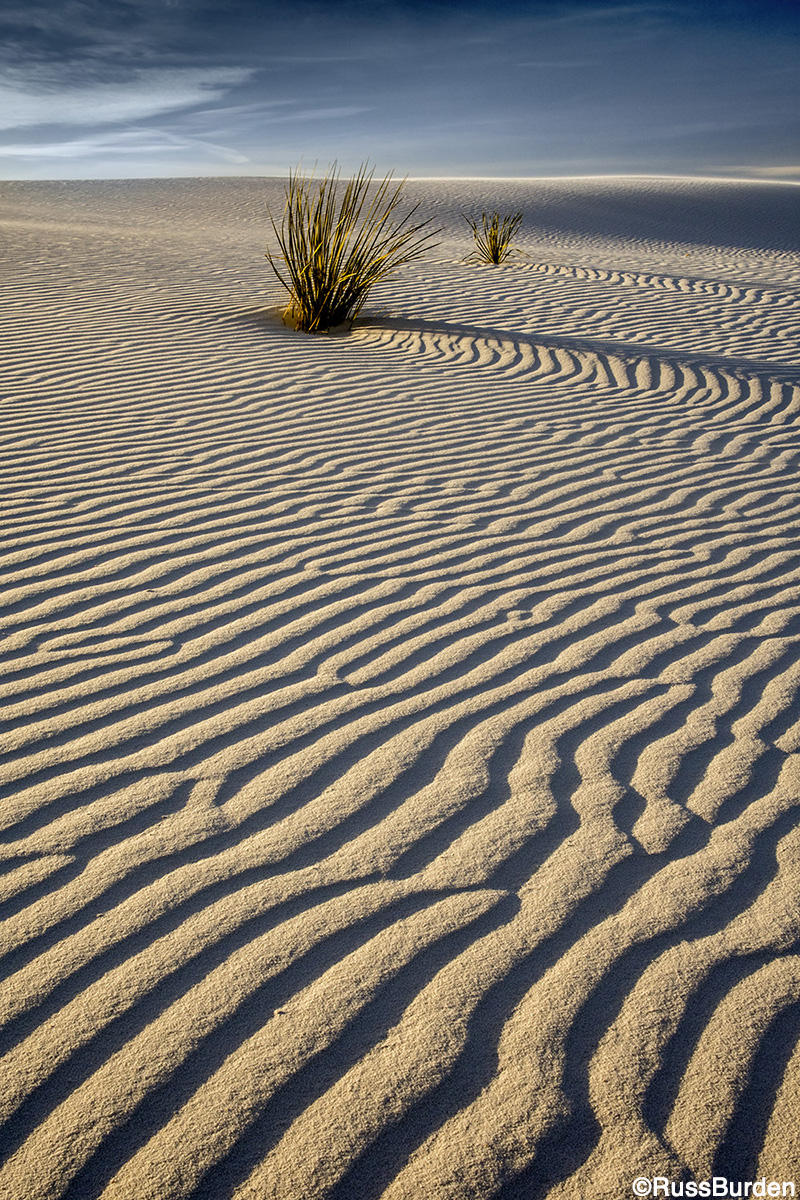
Desertscapes
Key aspects of the capture: White Sands National Park is one of my favorite locations to make scenics, especially in the winter. Yes, it gets cold, but that keeps the visitors away, which means more virgin areas of sand with no footprints to mar the ripples. A favorite technique I incorporate when I photograph dune lines is what I refer to as “in your face.” I keep the tripod low and place a wide to very wide angle lens close to the sand. This provides the impression the foreground ripples have greater magnitude. In actuality, it’s a way to alter perspective. A closed-down aperture is essential to cover the depth of field. I place the focus point one-third into the composition, which is akin to using the hyperfocal setting. If you’re not familiar with the hyperfocal concept, by all means read our guide and make it part of your standard operating procedure when you make scenics.
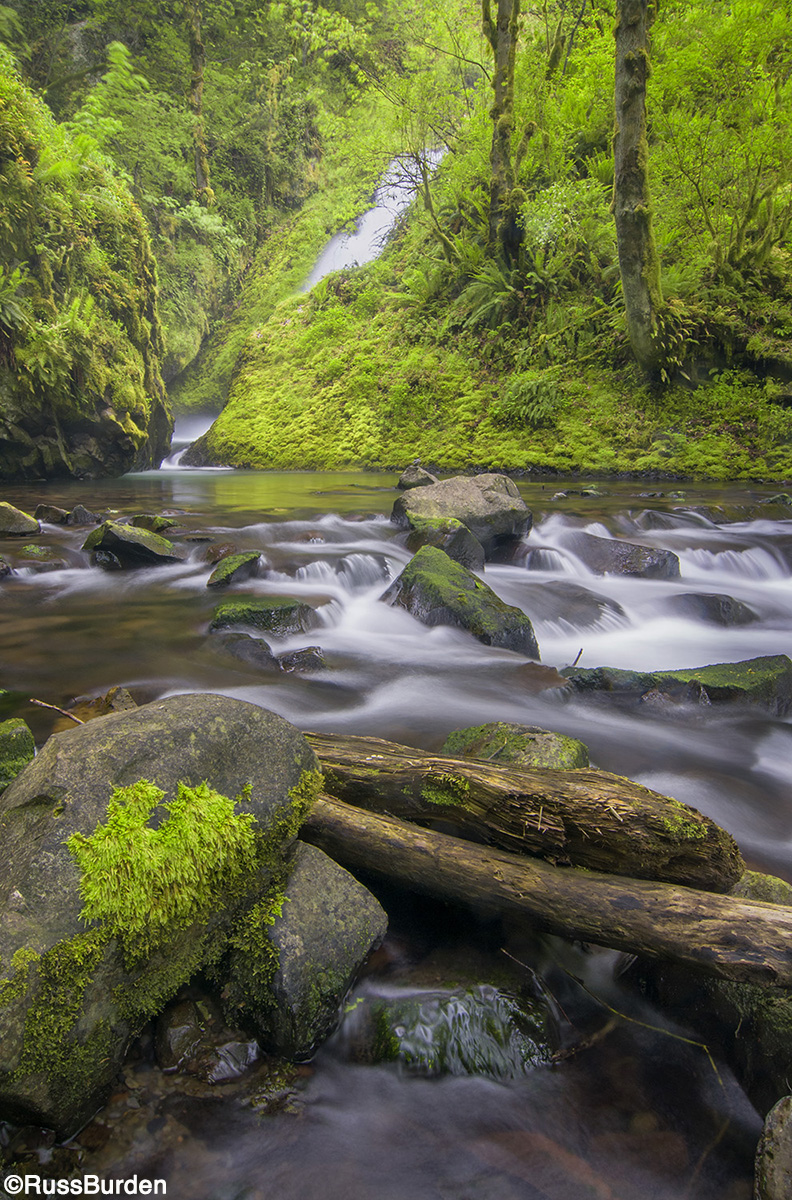
Riverscapes
Key aspects of the capture: Along the Columbia River Gorge in Oregon, Bridal Veil Falls is found. I much prefer to photograph the area when the light is soft and even. Contrast is reduced so the delicate whites of the running water don’t lose detail. I also prefer to get down low and include a close foreground detail, similar to the tactic I incorporated in the desertscape information just above. Note how in this case it emphasizes depth by giving a three-dimensional quality. The actual size of the logs and moss-covered rocks are smaller than how they appear in the photo. It comes as a result of getting close with a wide lens.
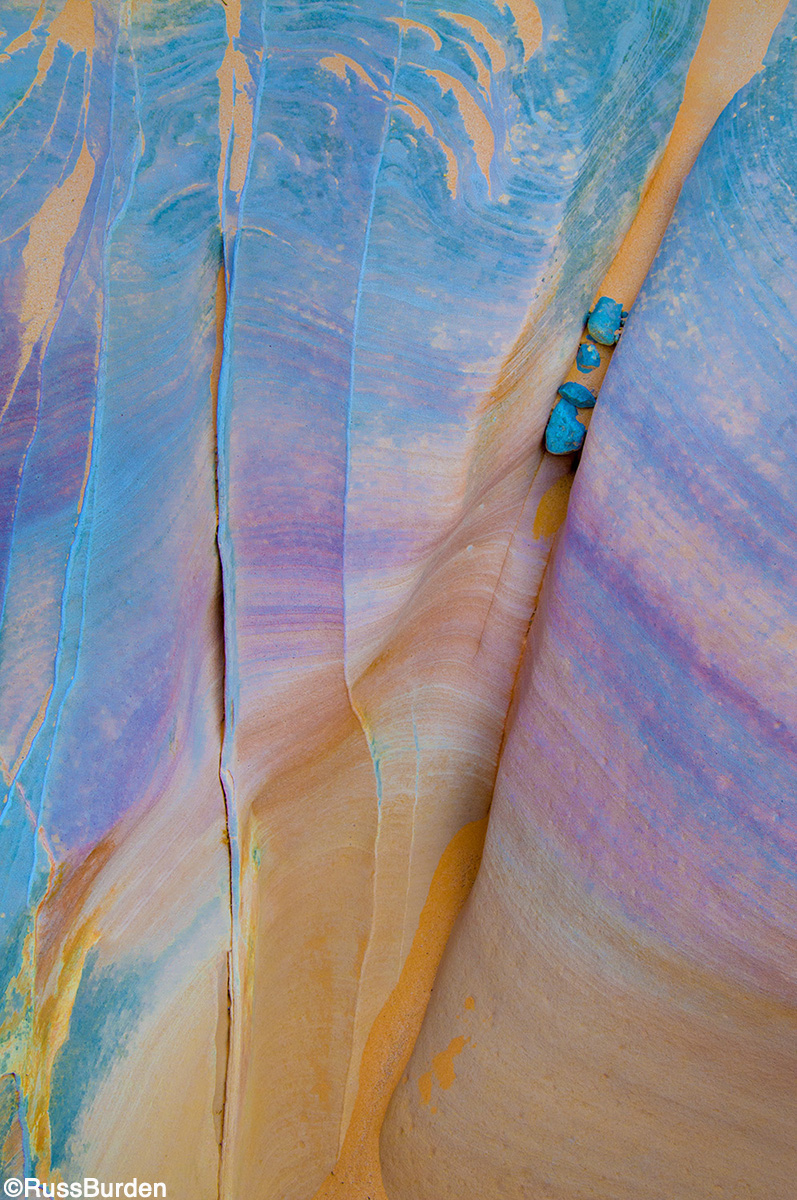
Macroscapes
There’s a hidden gem of a park in Nevada called Valley of Fire State Park. The sandstone swirls are unrivaled. After a few visits, rather than concentrate on the iconic shots everyone makes of the Fire Wave, I walked the area for an entire morning and made nothing but close-ups. Not every landscape has to be shot with a wide angle and show a grand scale. Quite often, the scene within the scene makes a better image than if the entire environment is included yet still speaks volumes and depicts the location. Don’t be afraid to “walk on the wild side” on some outings to try something different.
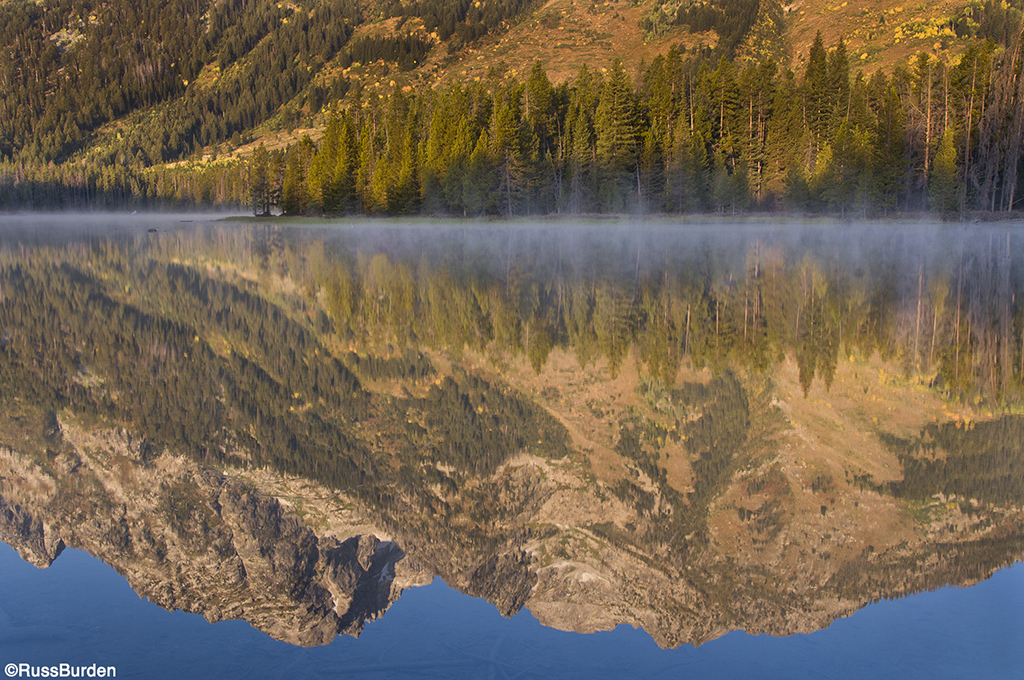
Waterscapes
There’s a belief that the more simple something is, the better. If it’s simple, it’s easier to understand and visualize. If it’s simple, it lacks clutter and confusion. If it’s simple, it’s easy for a viewer of your imagery to easily discern the subject. Simple is the principle I incorporated into the image of the reflection of part of the Grand Teton Range into String Lake. It was a calm morning when I made the hike and was rewarded with a glass-like surface and mist along the shore. I made the same hike many times but seldom was I granted a windless morning. I photographed the scene in every possible way—just the reflection both vertically and horizontally and then zoomed out and included the actual mountain in the composition both vertically and horizontally. When the photo gods grant you something special, be sure to capture it every which way.
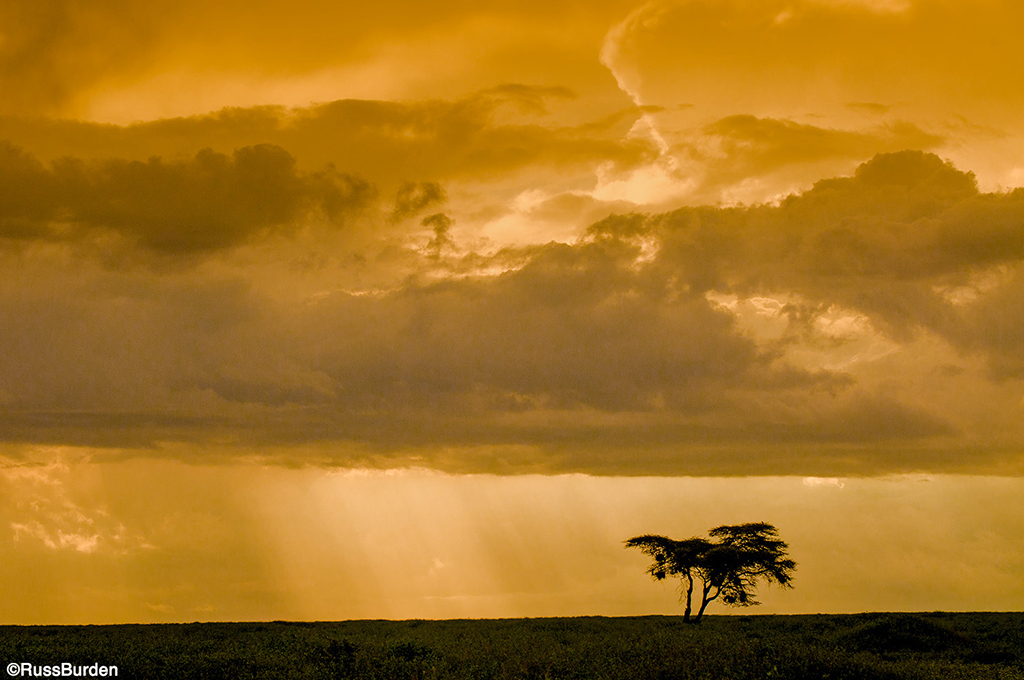
Skyscapes
Every so often, I reminisce and look through a number of my yellow or green boxes of 36 slides. A commonality among each image was I included far too much information. Vast amounts of subject matter and “stuff” was included. Over the years, I learned that at times it’s best to have a single subject and not try to make it huge in the frame. More time passed and reinforced the concept that at times the focal point can actually be small if the rest of the environment supports it. In the photo of the lone acacia tree, I applied the “less is more” rule in that the sky that surrounded the tree was where the drama lived. The tree, although the focal point, is small in the frame yet is like a magnet for the eye. As they say, good things come in small packages. When grandeur presents itself, take advantage.
To learn more about this subject, join me on a photo safari to Tanzania. Visit www.russburdenphotography.com to get more information.
The post The Great Landscapes, Part 2 appeared first on Outdoor Photographer.

